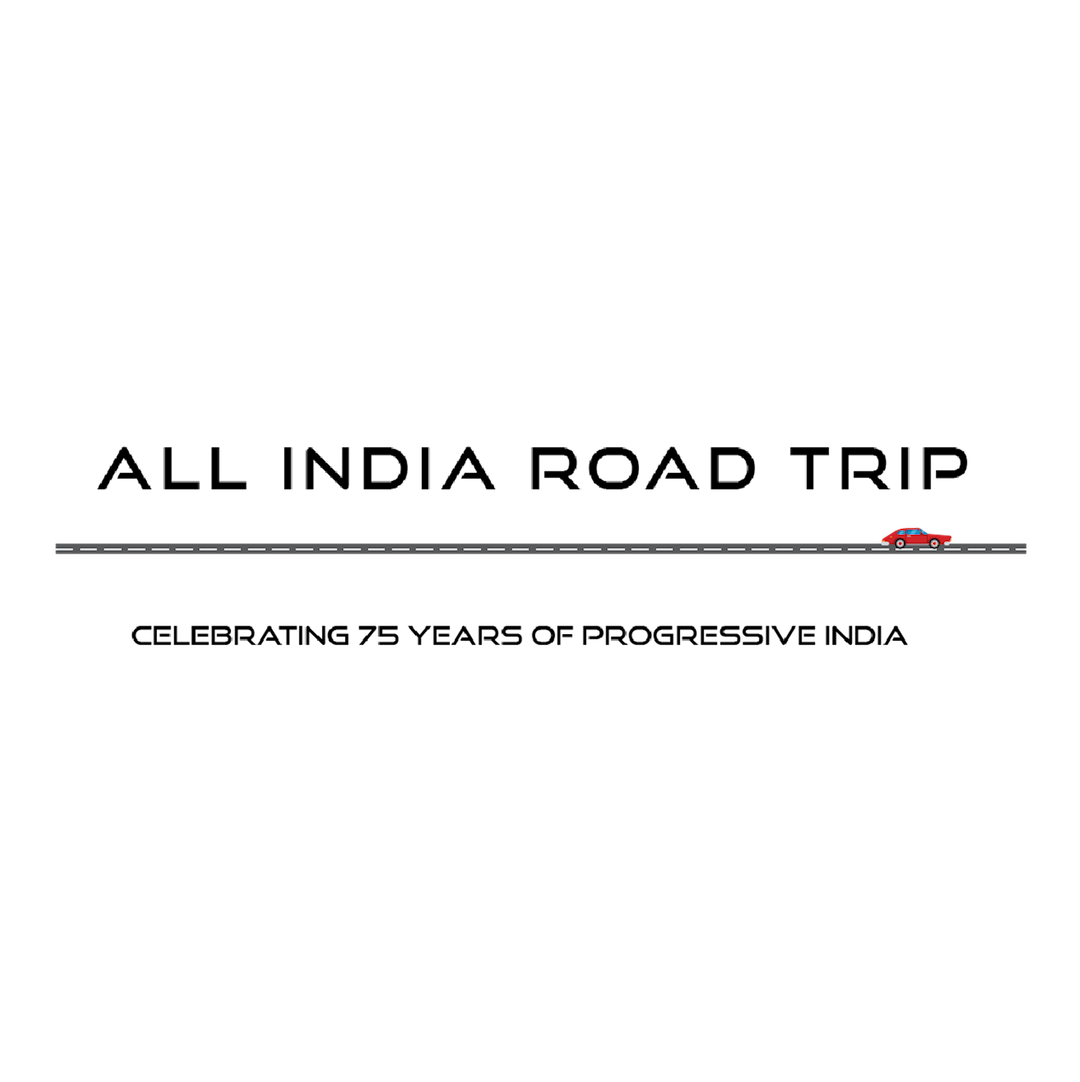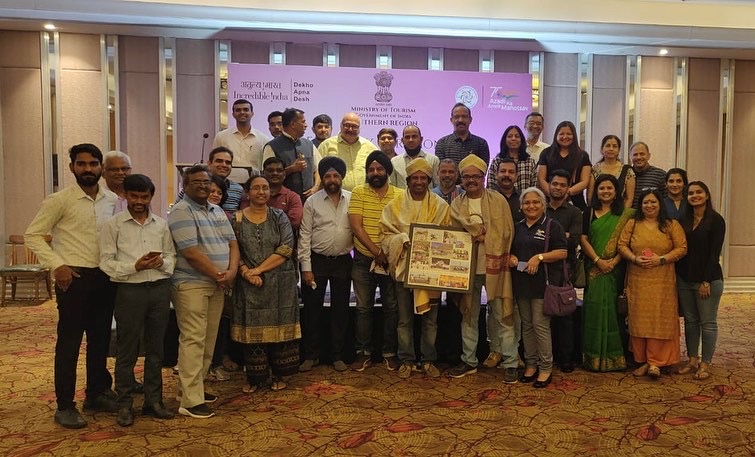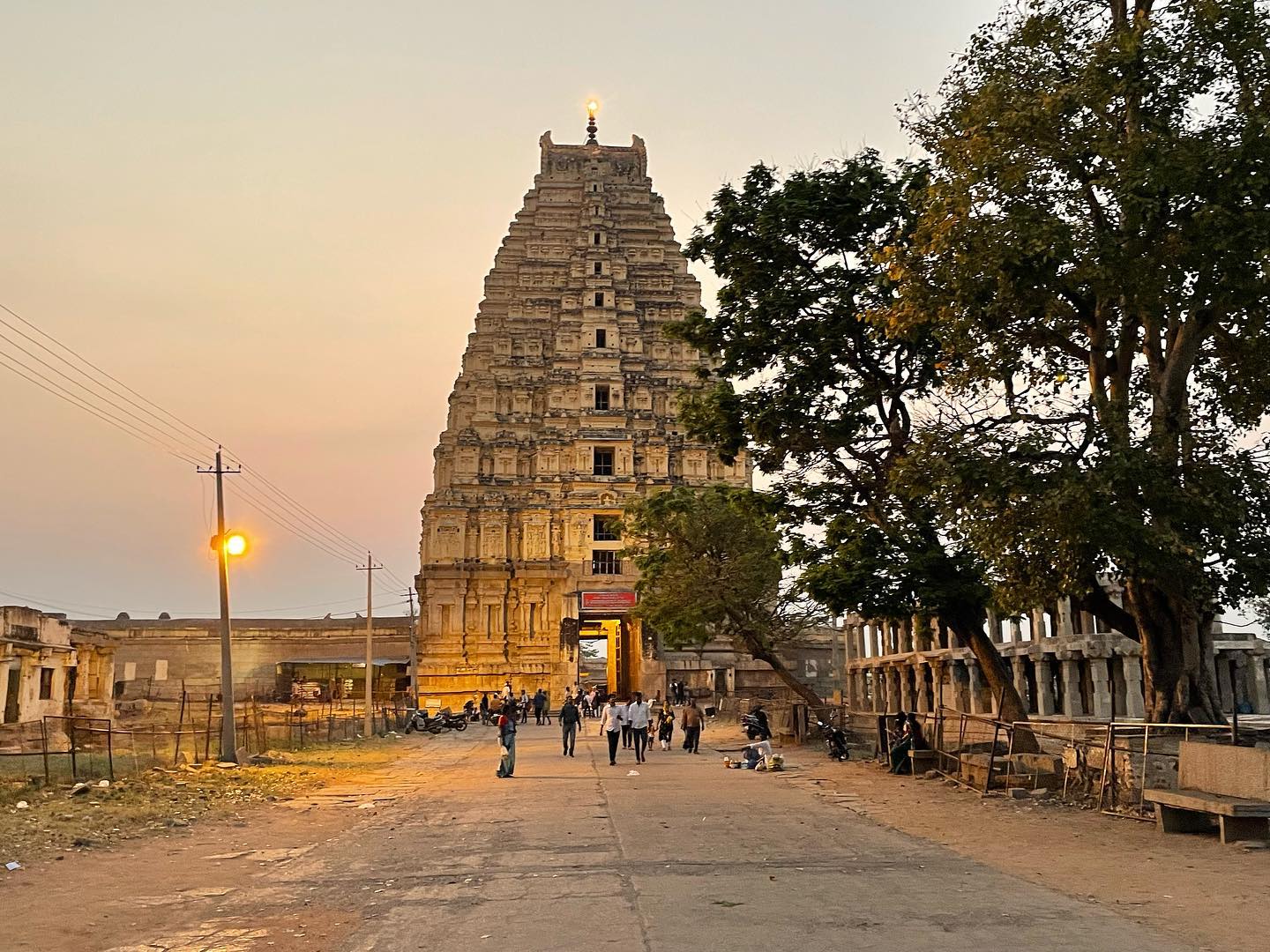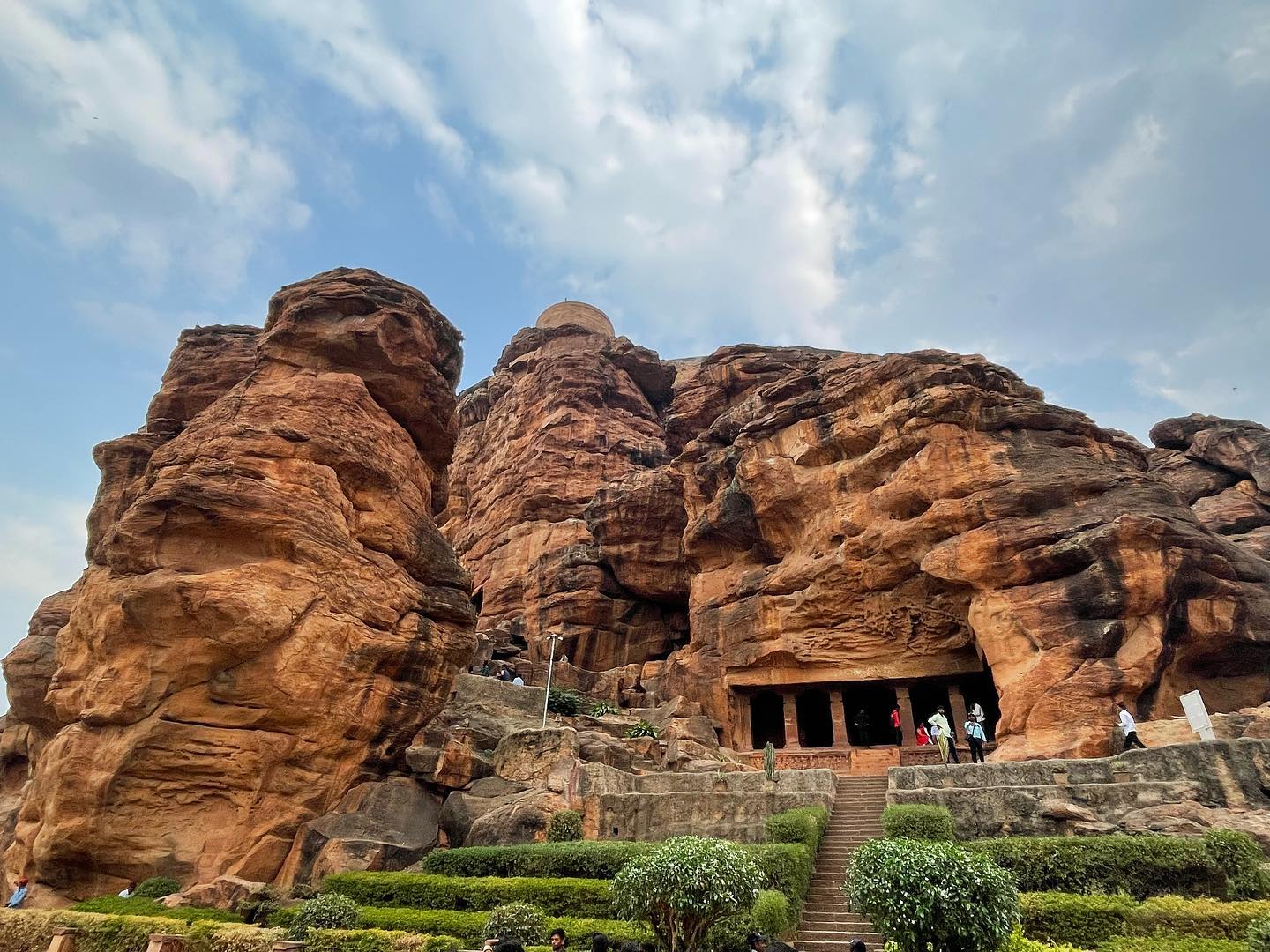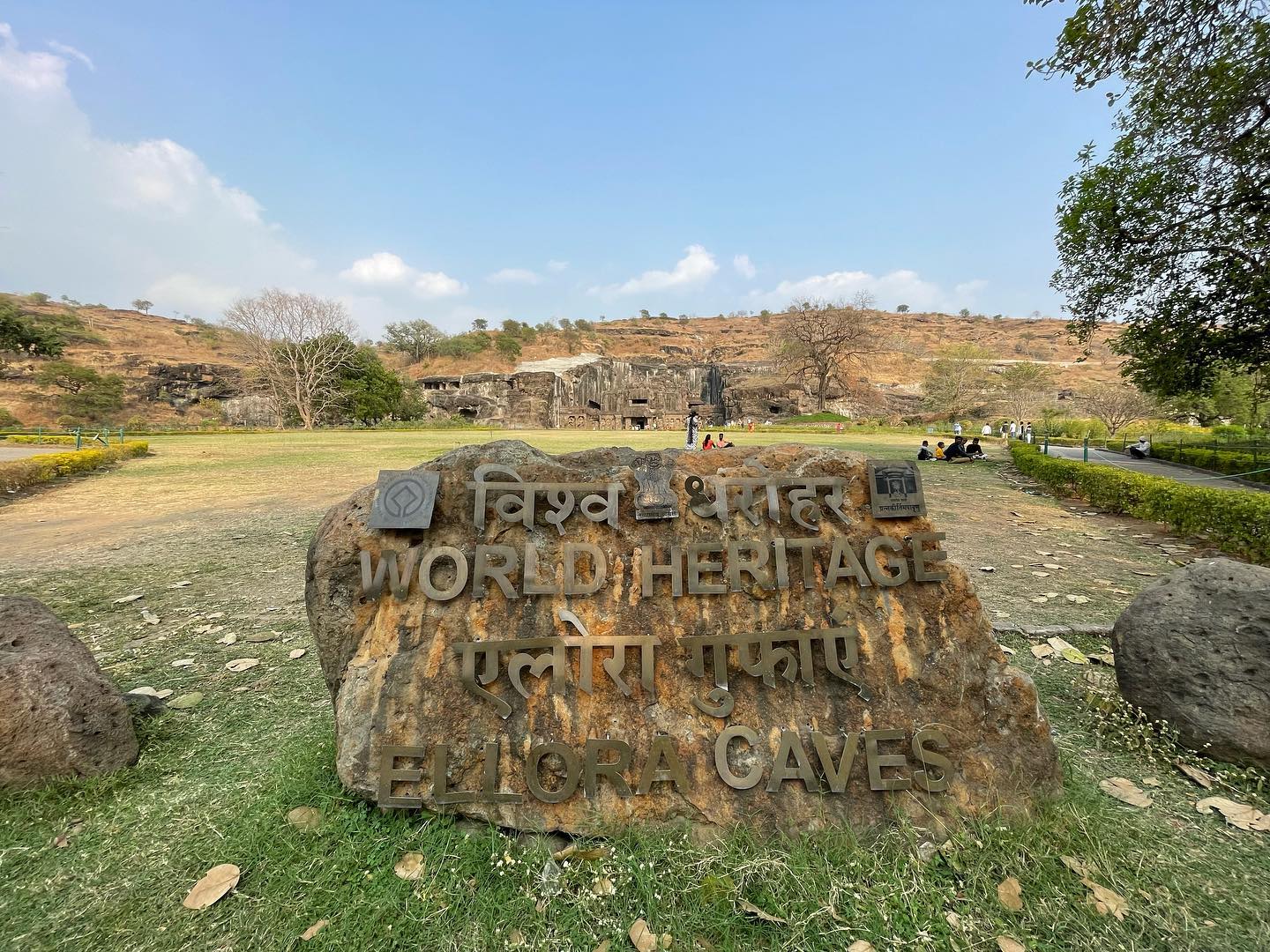19th January, 2022
There are 3 versions on how the name “ Calcutta” came about. One is that it is the anglicized version of Kalikata, derived from the Bengali word, Kalikshetra, meaning the Ground of Kali ( The Goddess). Some say that it is derived from the location of the original settlement on the bank of a canal ( Khal). The third version is that the area was noted for the manufacture of shell lime. Lime is calcium oxide, Kali and shell is Kata.
Calcutta was established in the year 1686 as a result of the expansion plans of the British Raj.
On August 24, 1686, Job Charnock, who was believed to be the founder of Calcutta first came to the village of Sutanuti as a representative of the British East India Company to establish a factory.
The city comprised three villages of Kalikat, Gobindapur and Sutanuti, which served as important trading centers in the 16th, 17th and 18th centuries.
In 1772 Calcutta was announced as the capital of British India. It was shifted to New Delhi in 1911.
On January 1, 2001, Calcutta was officially renamed to Kolkata.
Among many, here is a list of a few places to visit in Kolkata.
Victoria Memorial
A Museum having an assortment of Victoria memorabilia, British Raj paintings and other displays. As night descends on Kolkata, the Victoria Memorial Hall is illuminated, giving it a fairy tale look. It is interesting to note that the Victoria Memorial was built without British government funds. The money required for the construction of the stately building, surrounded by beautiful gardens over 64 acres and costing more than 10 million was contributed by British Indian states and individuals who wanted favours with the British government. At the top of the Victoria Memorial is a sixteen foot tall bronze statue of victory, mounted on ball bearings. It rotates with wind.
Kalighat
Kalighat Kali Temple is a Hindu Temple dedicated to the Hindu goddess Kali. Kalighat was a Ghat (landing stage) sacred to Kali on the old course of the Hooghly River (Bhagirathi) in the city of Kolkata.
Howrah Bridge
The Howrah Bridge is a bridge that spans the Hooghly River in West Bengal. It was originally named the New Howrah Bridge because it links the city of Howrah to its twin city, Kolkata (Calcutta). On 14 June 1965, it was renamed Rabindra Setu, after Rabindranath Tagore a great poet and the first Indian Nobel laureate. However it is still popularly known as the Howrah Bridge.
Alipore Zoo
It spreads on an area of 18.11 hectares and particularly is a favourite for Children and their family. There are many animals, reptiles, primates and birds at the Zoological Garden Kolkata. However, the most popular ones are the Bengal Tiger, White Tiger, African Lion, Giraffe, Zebra, Galapagos Giant Tortoise, Pelican, Pheasant, etc. It is also home to one of the few captive breeding projects involving the Manipur brow-antlered Deer.
The zoo sports a large collection of attractive birds, including some threatened species – large parrots including a number of macaw species, conures, lories and lorikeets; other large birds like turacos and hornbills; colourful game birds like the golden pheasant, Lady Amherst’s pheasant and Swinhoe’s pheasant and some large flightless Birds like the emu, cassowary and ostrich. It also has a kids Corner at which children enjoy and learn.
A new glass-walled enclosure has been built for the tigers which was inaugurated by the Chief Minister of West Bengal, Mamata Banerjee. The glass which was manufactured in Switzerland, is 10 ft high, and measures 200 ft from end to end. A new 750 ft aviary has also been built for the birds, where pelicans, spoonbills and storks have been relocated.
Kalighat Temple
Kalighat Kali Temple is a Hindu Temple dedicated to the Hindu goddess Kali. Kalighat was a Ghat (landing stage) sacred to Kali on the old course of the Hooghly River (Bhagirathi) in the city of Kolkata.
The Temple is visited by pilgrims from all over India irrespective of sectarian differences. The thousands of pilgrims who flock daily to the Kalighat Temple treat Kali very much like a human mother, bringing her their domestic problems and prayers for prosperity, and returning when their prayers are fulfilled to express their gratitude. Their attitude towards the Goddess is guided by their religious traditions and training, their spiritual and intellectual capacities and theguidance of their Temple priests.
Indian Museum
The Indian Museum is the largest and oldest museum in India and has rare collections of antiques, armour and ornaments, fossils, skeletons, mummies, and Mughal paintings. It was founded by the Asiatic Society of Bengal in Kolkata (Calcutta), India, in 1814. The founder curator was Dr Nathaniel Wallich, a Danish botanist. It has six sections comprising thirty five galleries of cultural and scientific artifacts namely Art, Archaeology, Anthropology, Geology, Zoology and Economic Botany. This multipurpose Institution with multidisciplinary activities is being included as an Institute of national importance in the seventh schedule of the Constitution of India. It is one of oldest museums in the world.
Park Street
Mother Teresa Sarani, formerly Park Street and still often called by that name, and originally Burial Ground Road, is a street in the city of Kolkata (formerly Calcutta). Park Street has been the recreation zone for Kolkata people since the British era, with many restaurants and pubs. It is often known as Food Street and the street that never sleeps. This road runs from Chowringhee Road in the west to Park Circus in the east. The portion of Park Street between Chowringhee Road and Mullick Bazar has been the one of the city’s attractions for years. Park Centre has many shops, and several notable buildings such as the Asiatic Society, St. Xavier’s College, Kolkata, a Seventh-day Adventist Church, and the South Park Street Cemetery has cenotaphs and tombs of prominent figures from the British Raj era and Kolkata’s Armenian population.
Kumortoli
Kumortuli is a popular locality in Kolkata that is known for its traditionally potter quarters. It is one of the unique places to visit in Kolkata and one can discover the core of Indian culture, right from the artistic works of the artisans. Kumortuli not only supplies clay idols of Hindu gods and goddesses to barowari pujas in Kolkata and its neighbourhoods, but a number of idols are exported. Kumortuli boasts of the presence of some 30-odd women-artisans, like Minati Pal, Soma Pal, Kanchi Pal and Chapa Rani Pal. Nonetheless if visitors are visiting the place couple of months before the Durga Puja they can notice the fantastic skeleton works of Goddess Durga Idols. In addition, during Durga Puja Kumortuli boasts of its own Puja, which is one of the oldest Durga Pujas in Kolkata.
Apart from the places to visit, the quaint city is also known for its famous street food. Here are some of them:
Gughni
A flavourful snack made with soaked chickpeas cooked in a rustic pool of spices and topped with onions, coriander and chillies, gughni can be paired with a cup of piping hot chai or can be savoured as is. You can even top it with mutton chunks. This street food from Kolkata is very similar to popular North Indian dish matra chaat.
Puchka
The Bengali cousin of North Indian gol gappa, puchkas are tiny, deep-fried balls of semolina filled with a tantalising mix of mashed and boiled potatoes, masalas, chillies and chickpea. They are served with spicy, zesty and simply delicious water made with chillies, jeera, pudina and tamarind. A lip-smacking treat that would instantly gratify your taste buds.
Kathi Roll
Flaky, thin parathas or rumali roti packed with veggies and meat chunks along with a host of mouth-watering chutneys, sauces and spices – kathi rolls are said to have originated in the 1930s at a restaurant in Kolkata primarily for the British officials stationed in Calcutta to minimise the use of hands while eating kebabs. Post origin, kathi rolls soon spread across the Indian food circuit and today it holds a special place among the popular street foods of India and in the hearts of foodies across the world.
Jhalmuri
Puffed rice with a mix of chillies, mustard oil, freshly cut onions and an array of spices makes for this pungent treat jhalmuri, which you simply cannot miss when speaking of street food of Kolkata. The addition of chaat masala along with lemon makes it an irresistible snack to munch on. A staple snack of the Bengali street food, jhalmuri plays host to never-ending chitchat with friends accompanied with a cup of piping hot tea.
